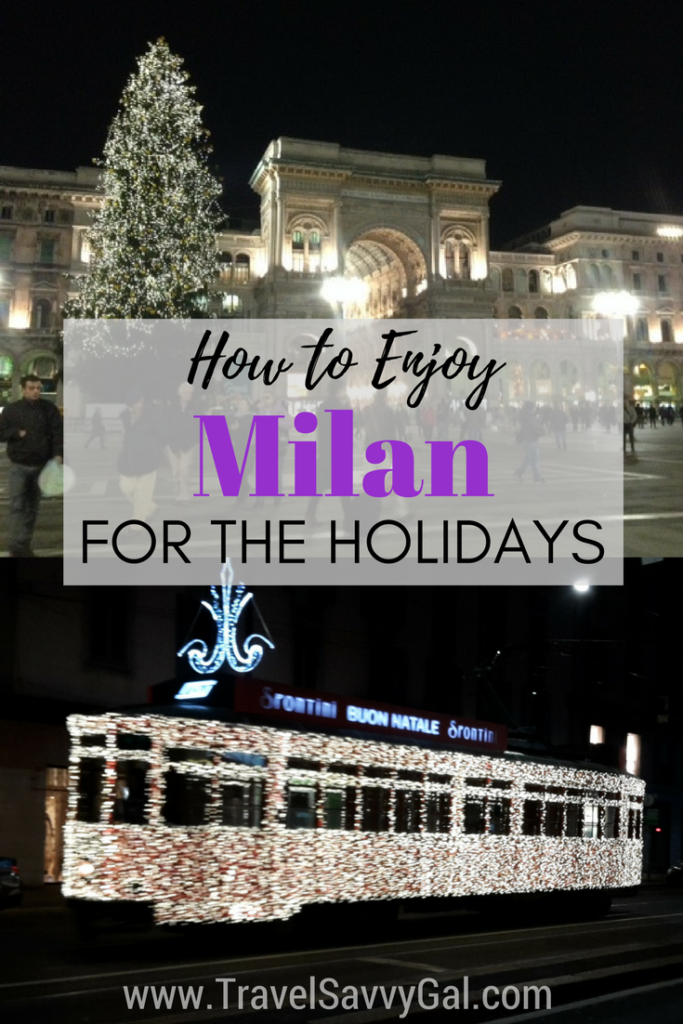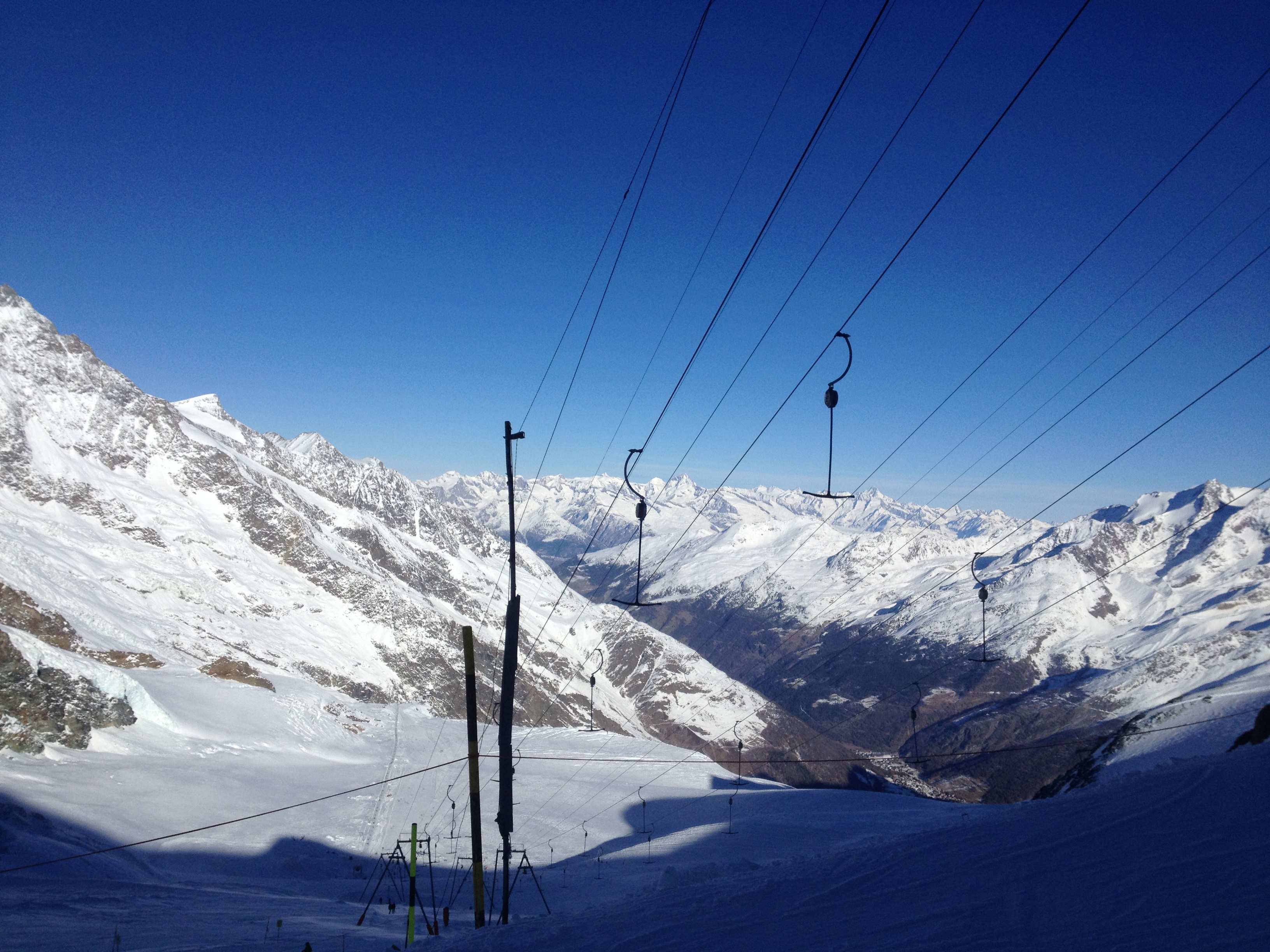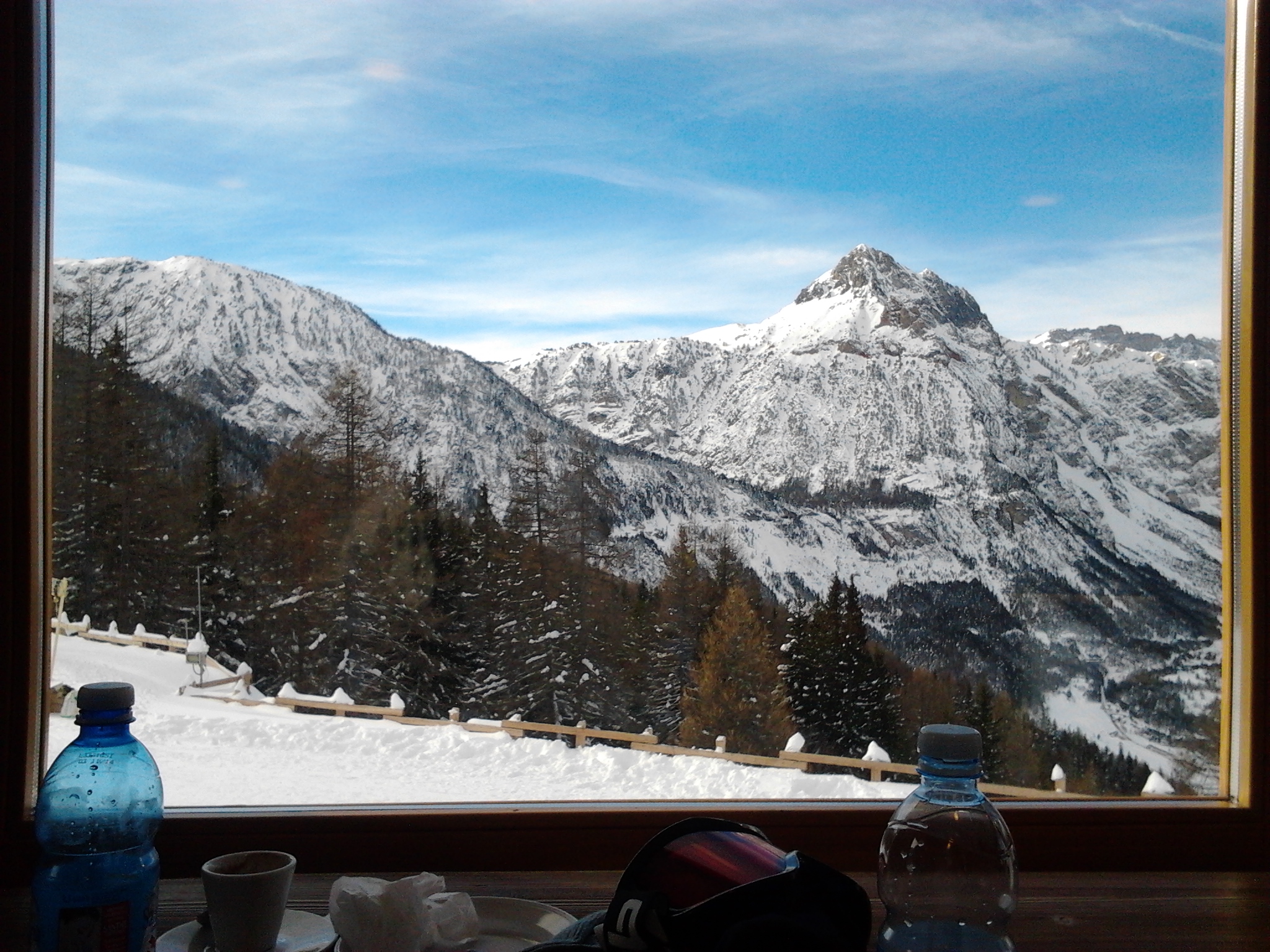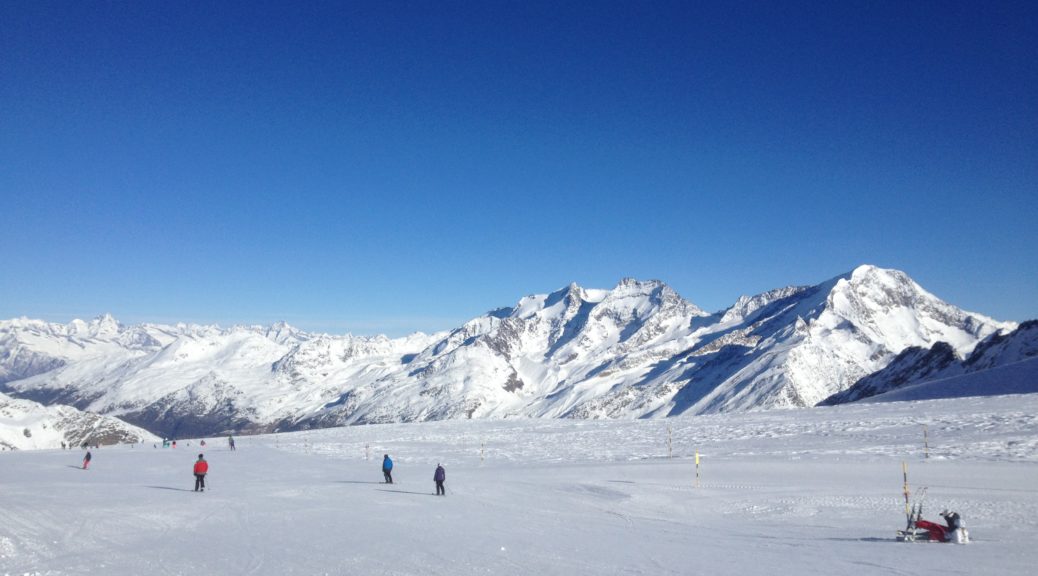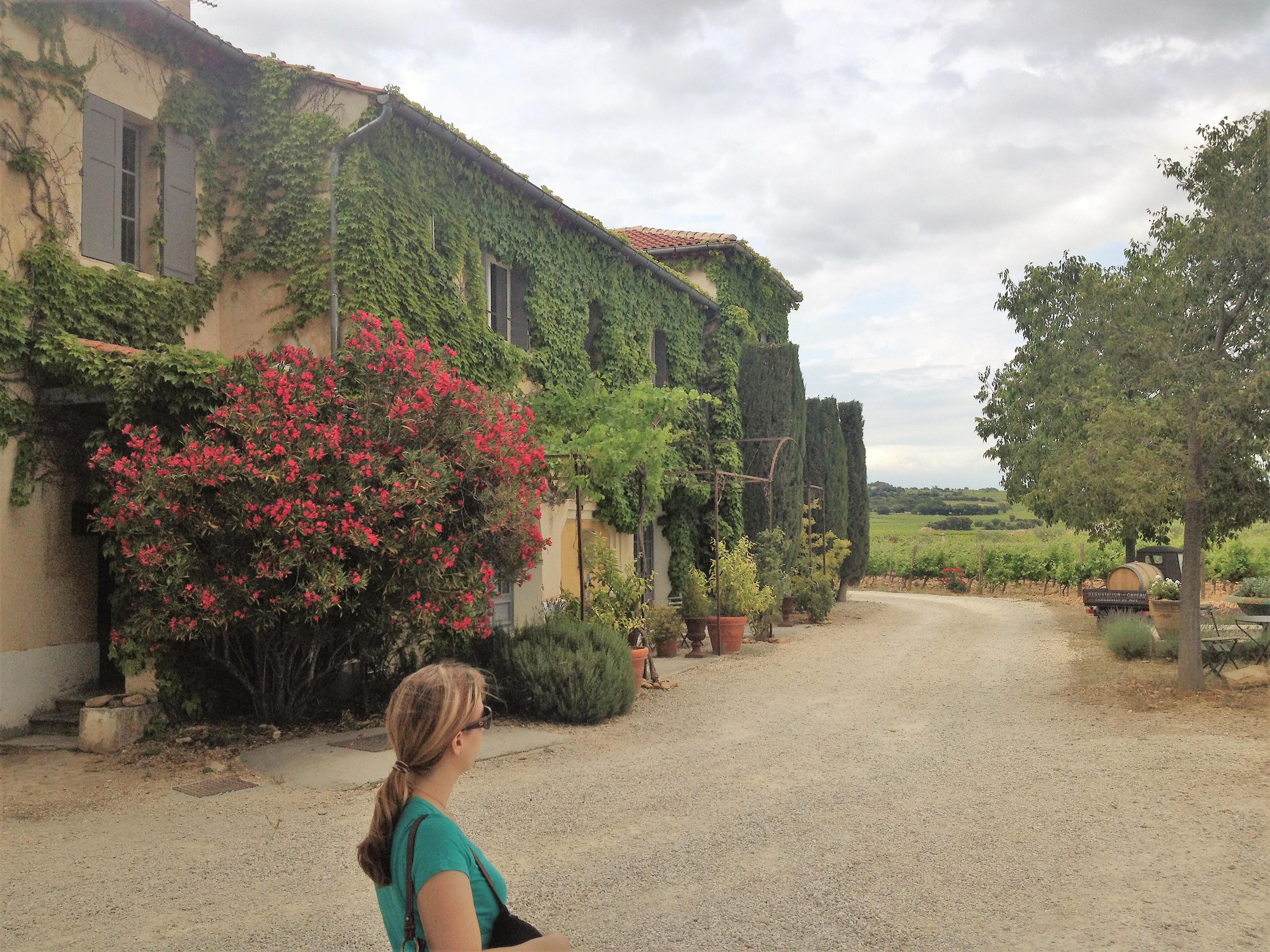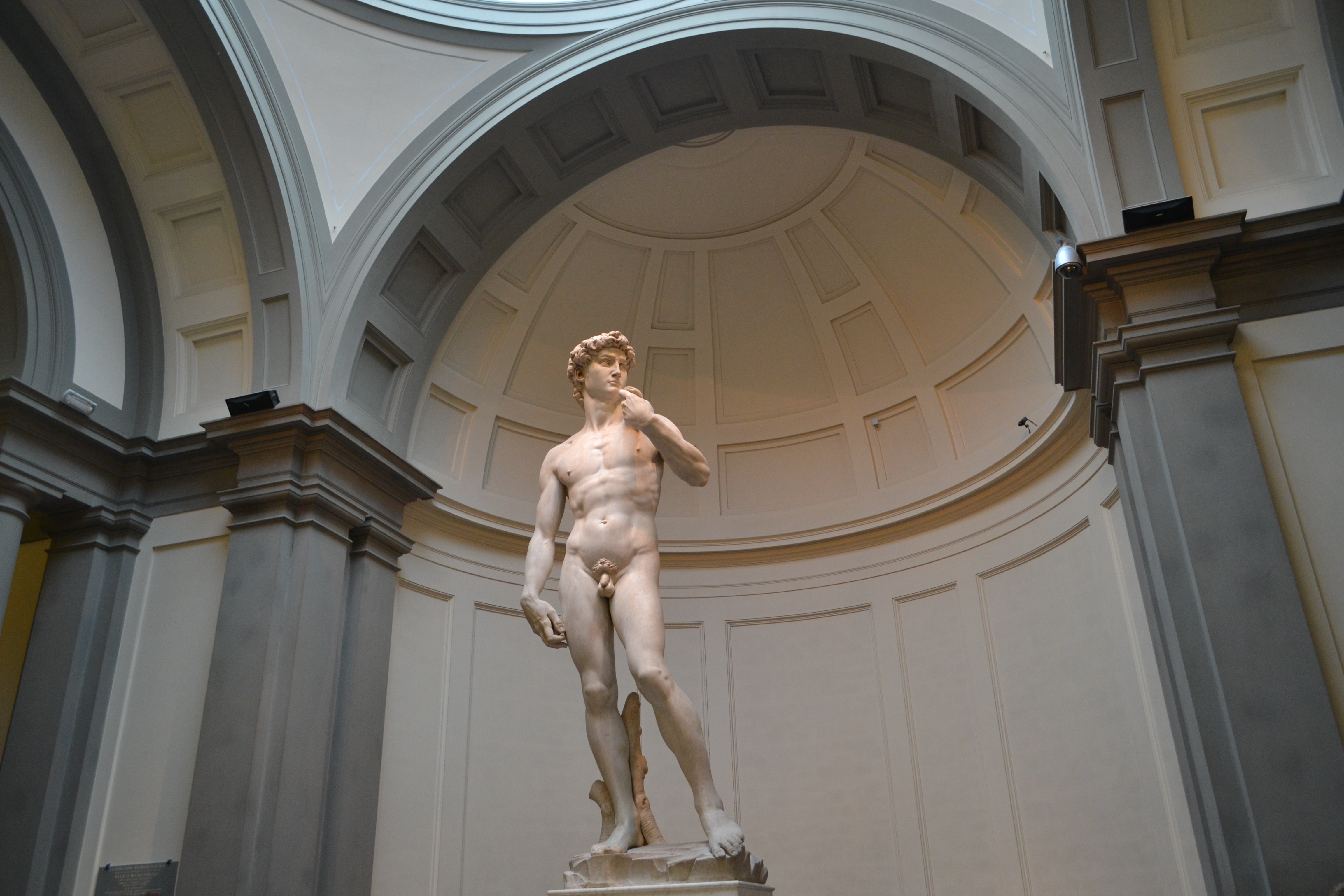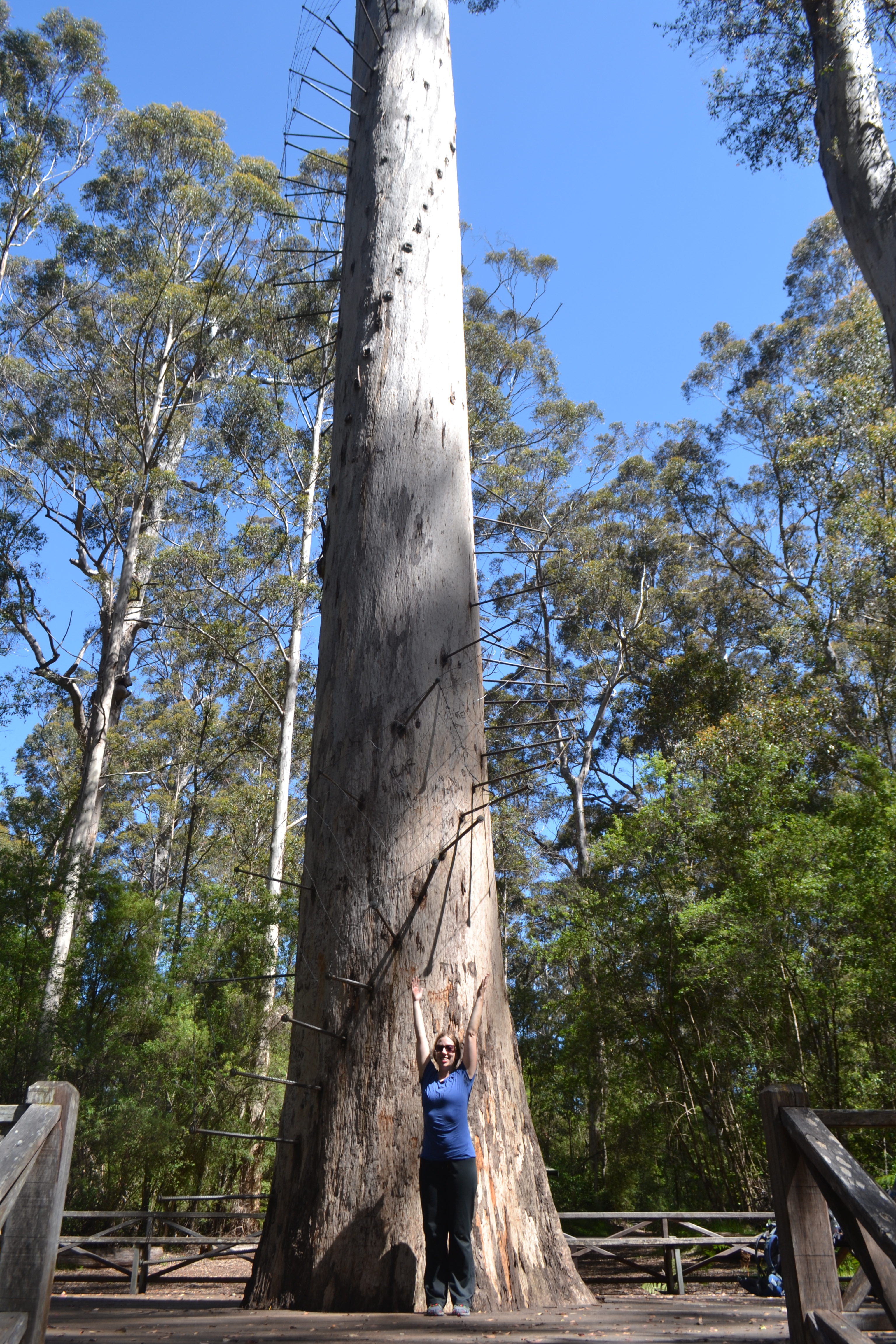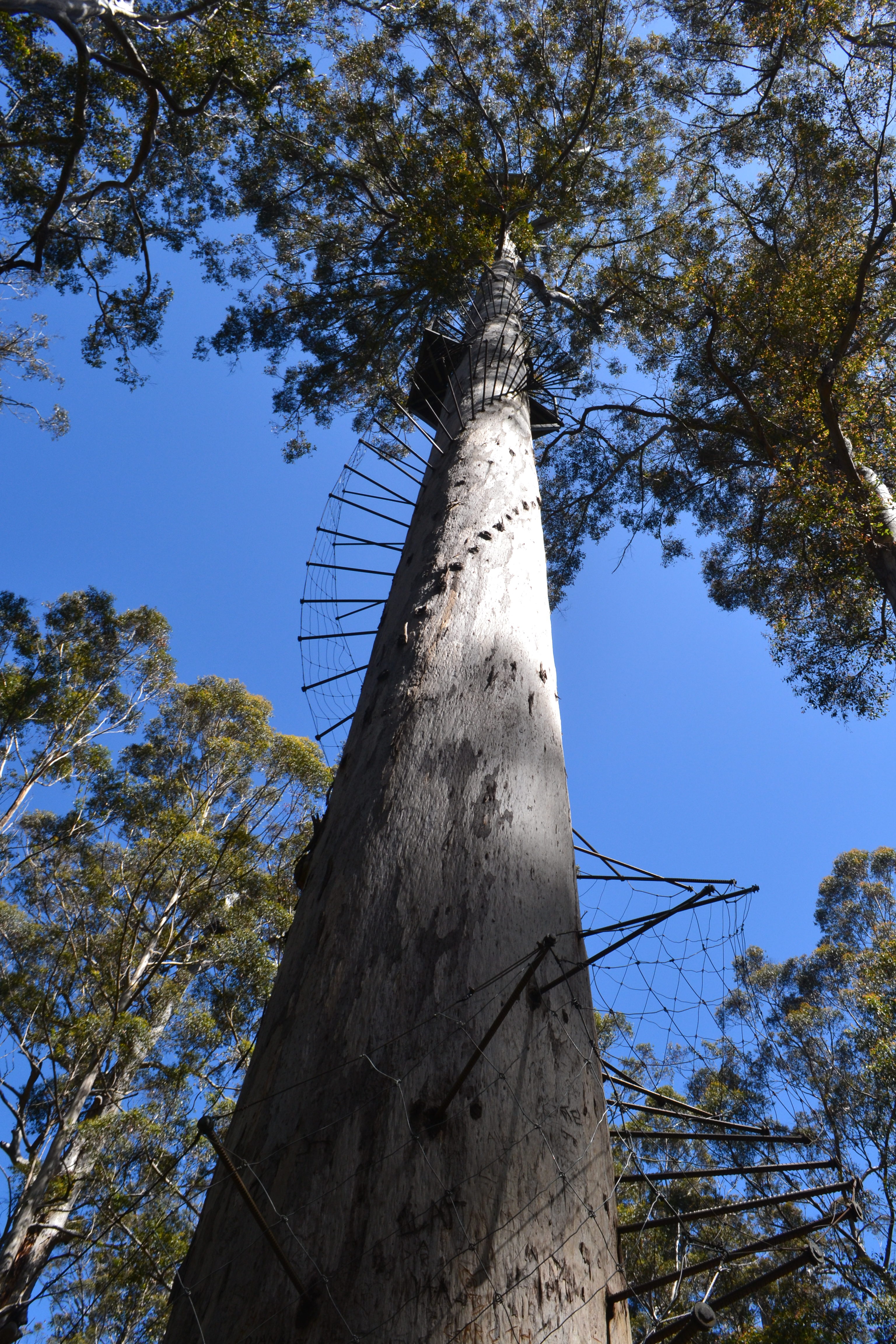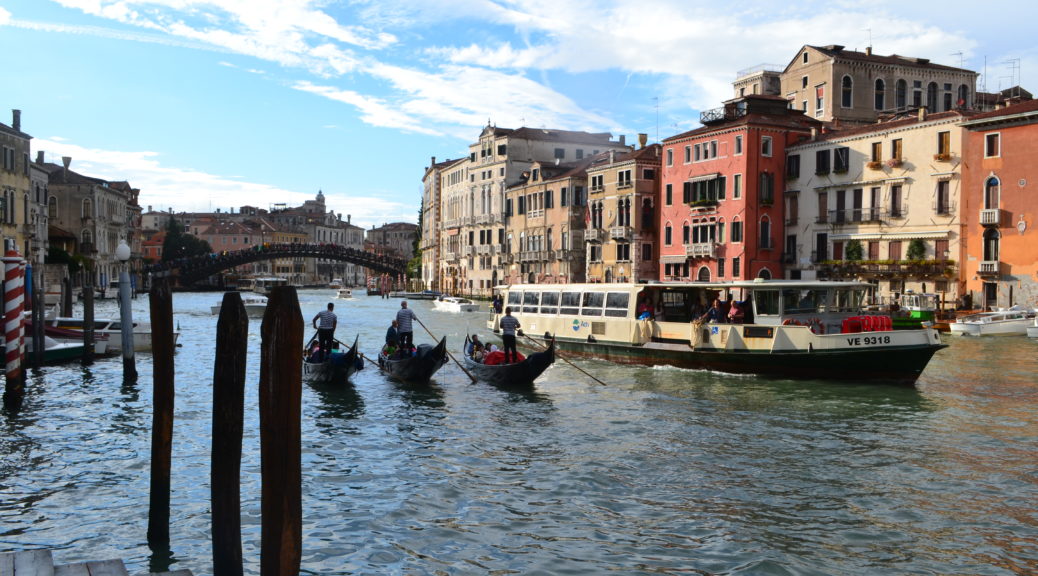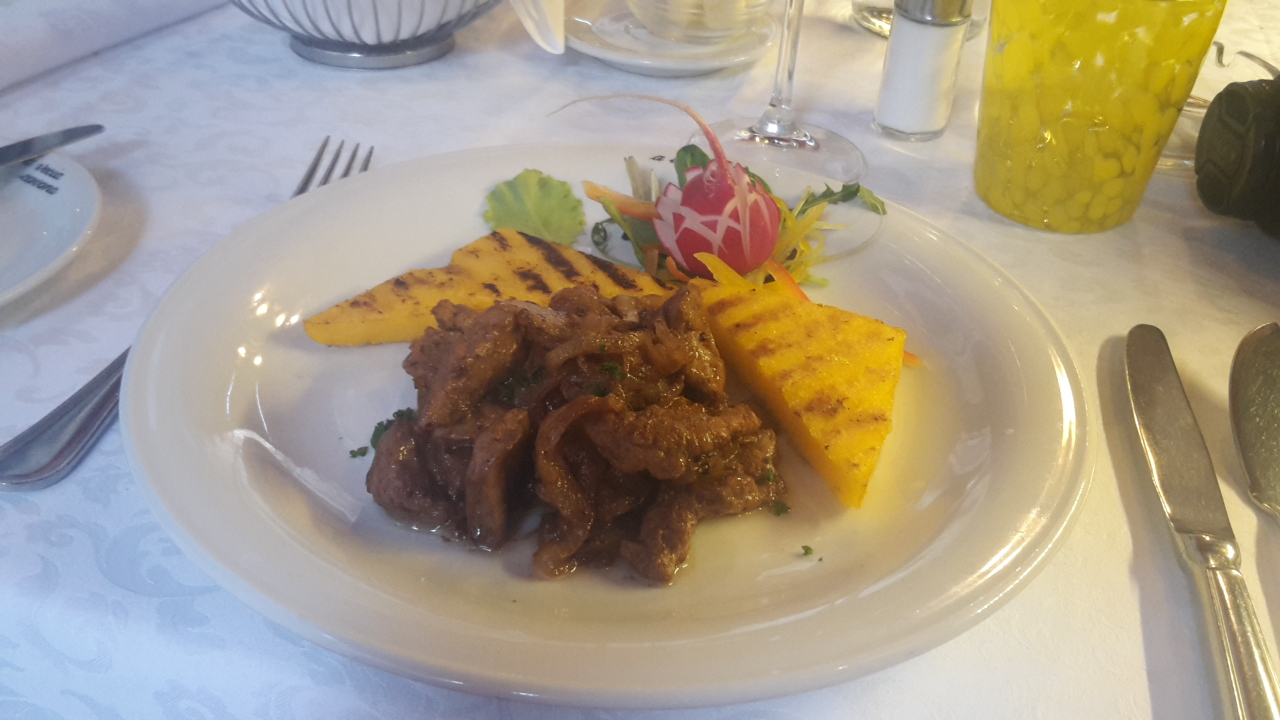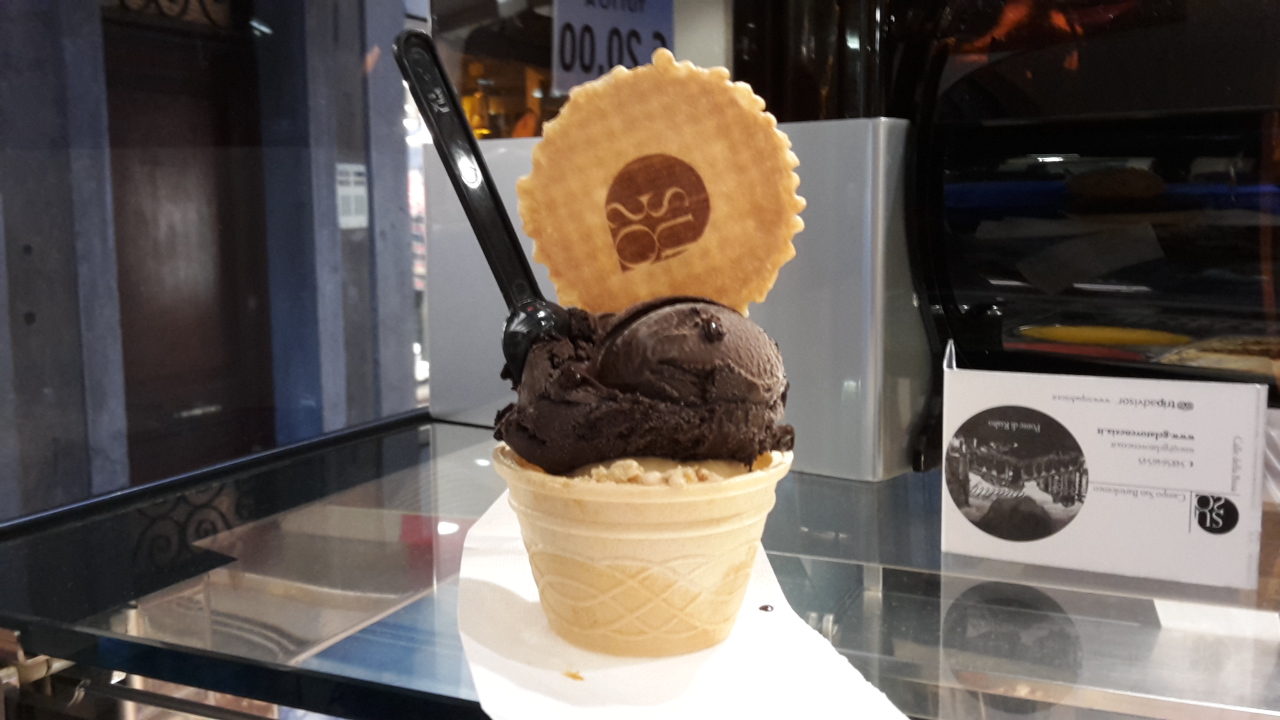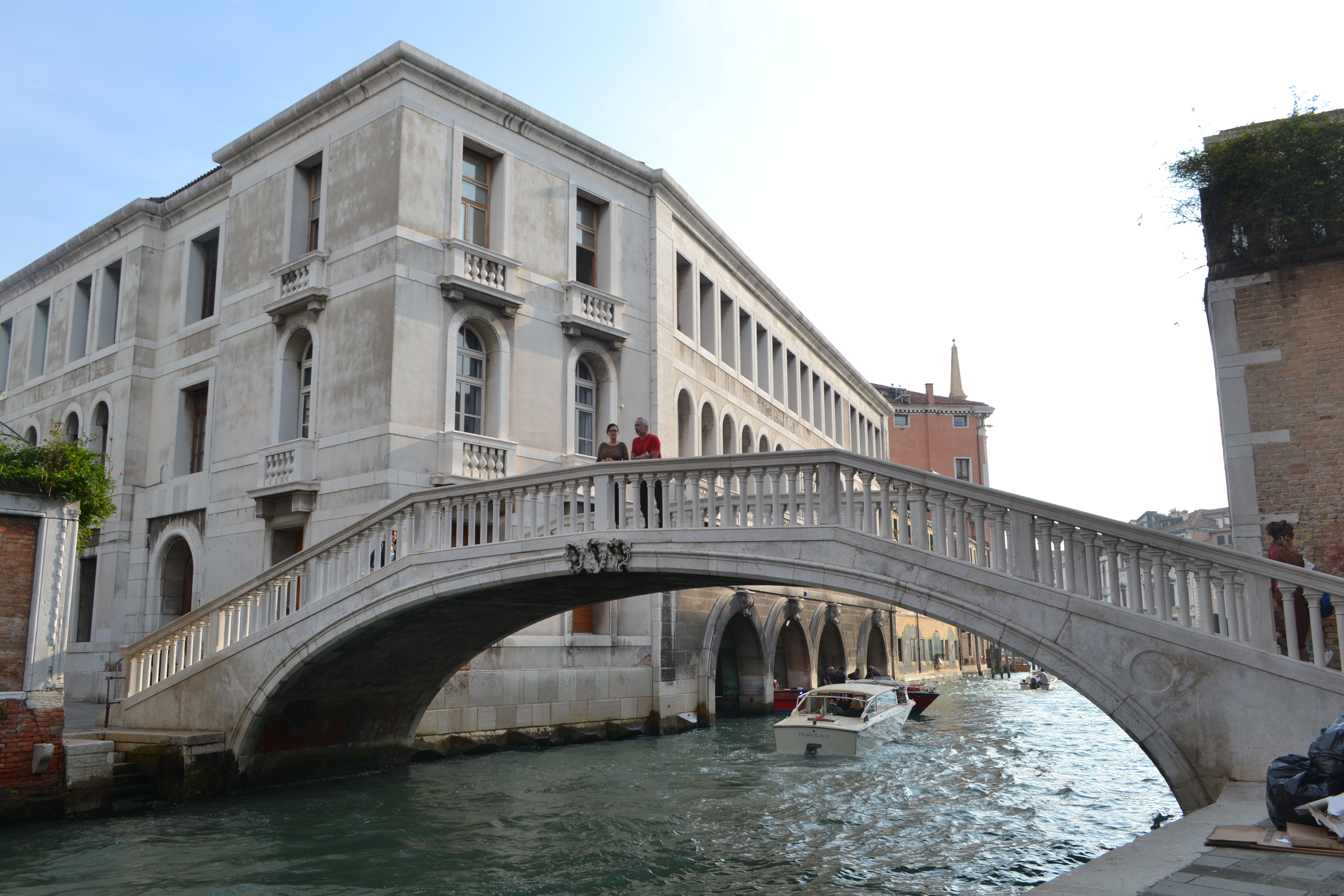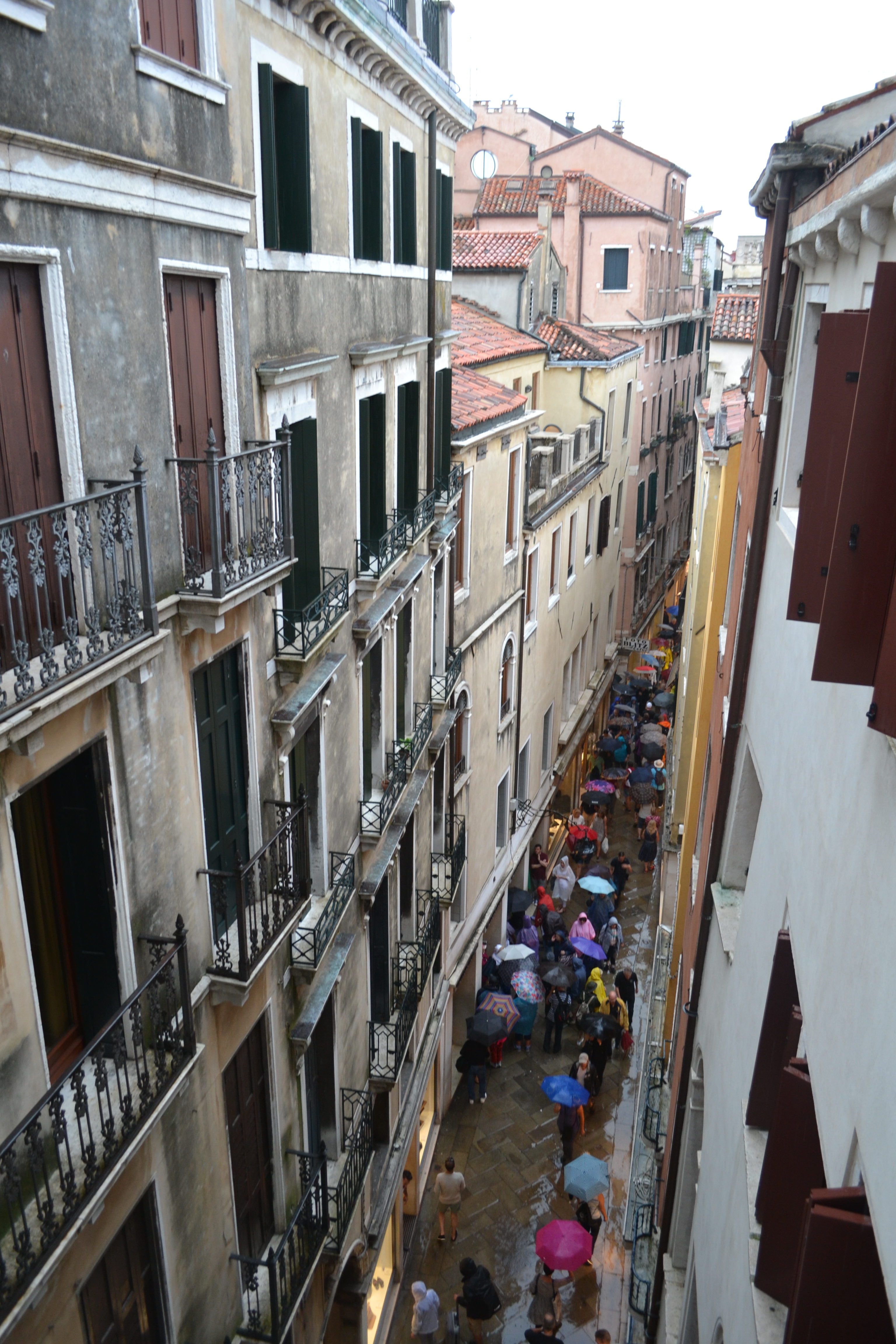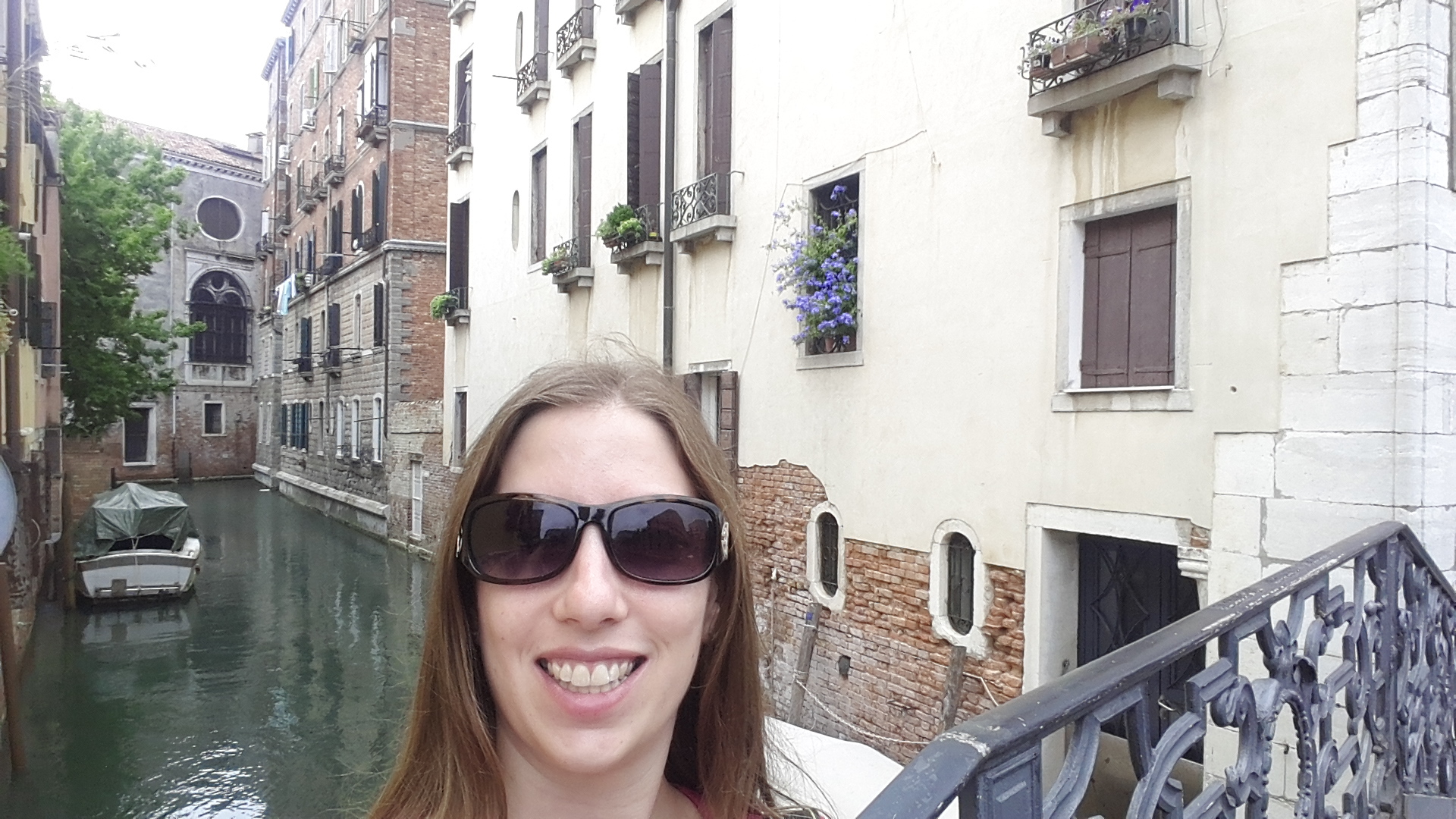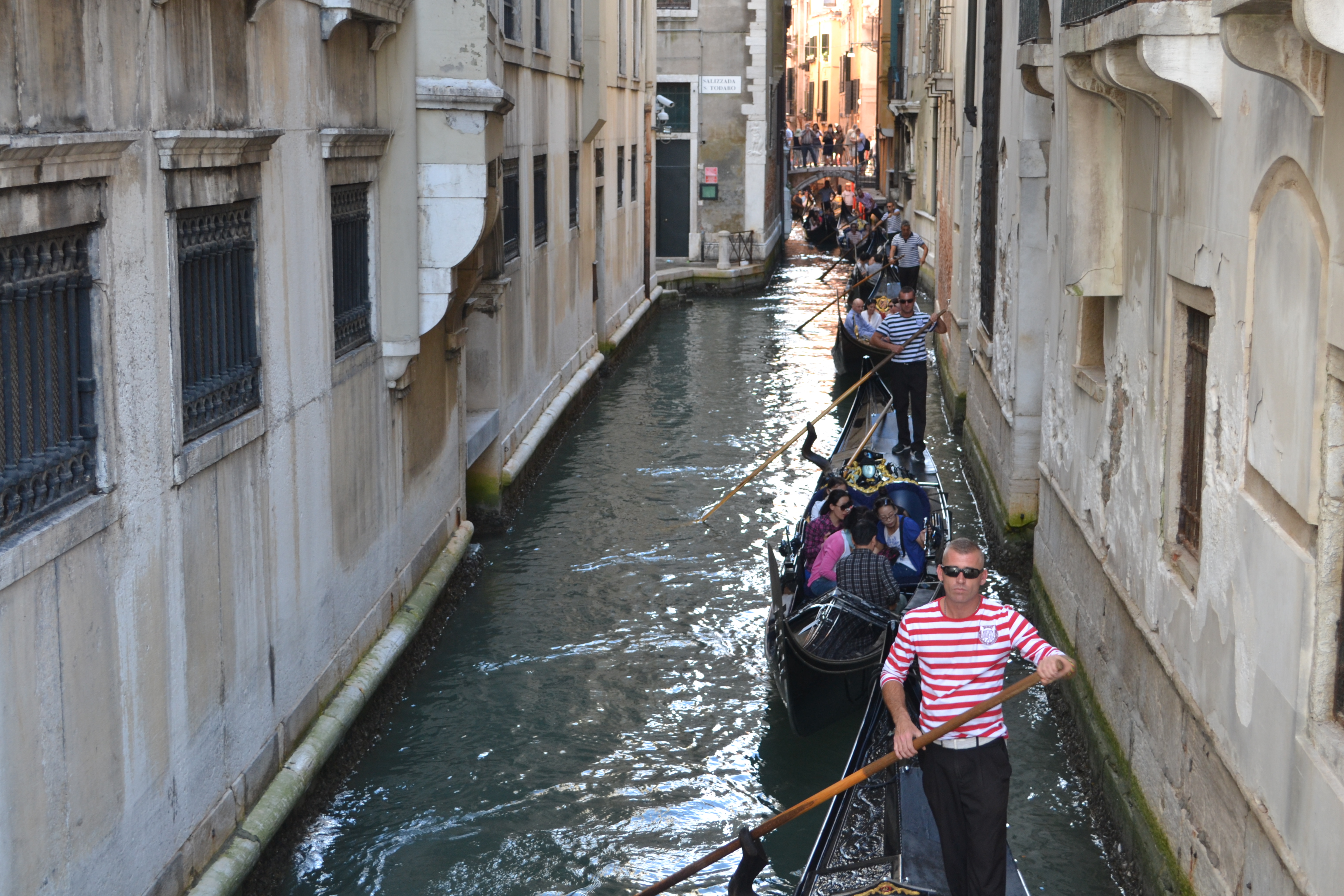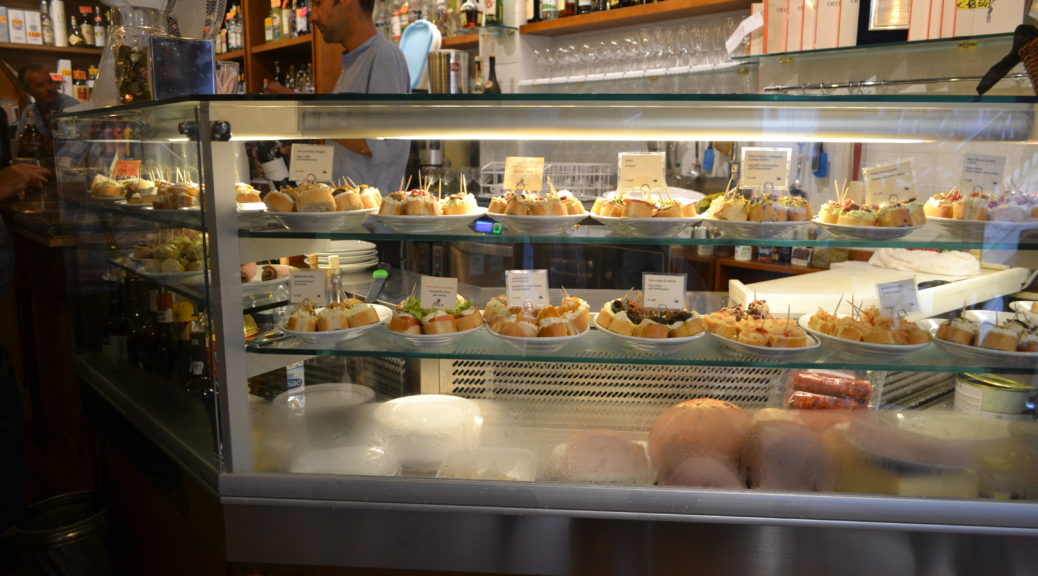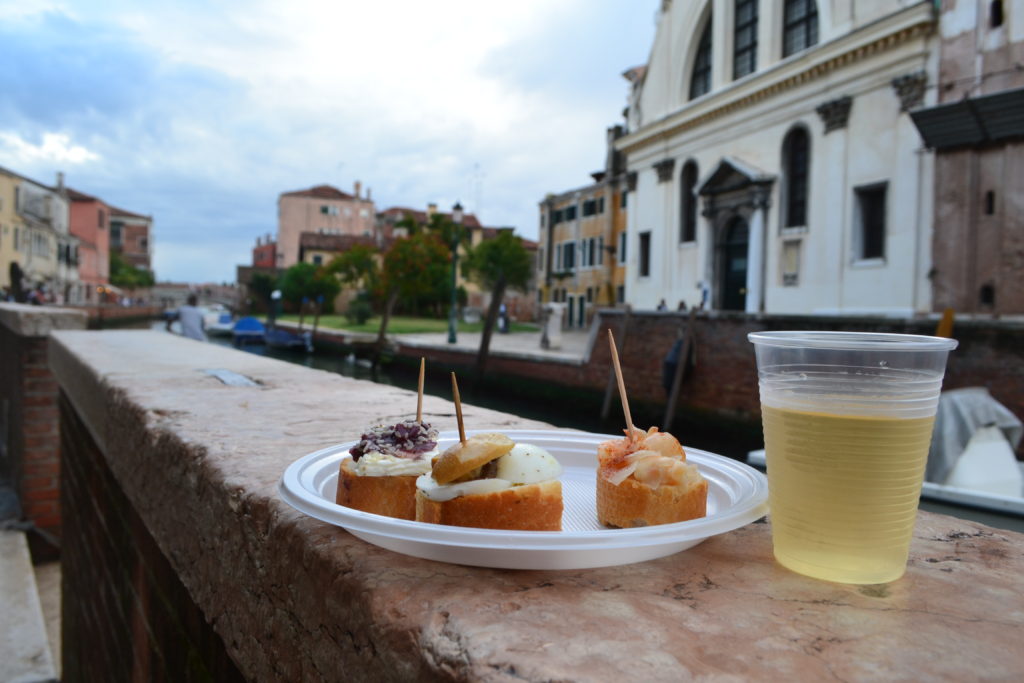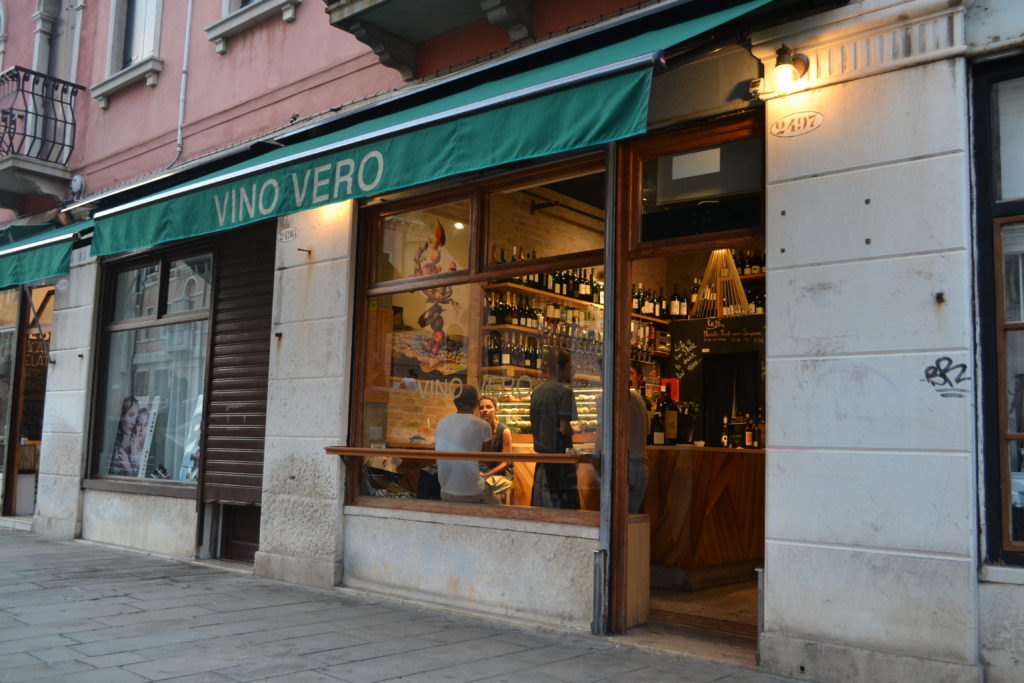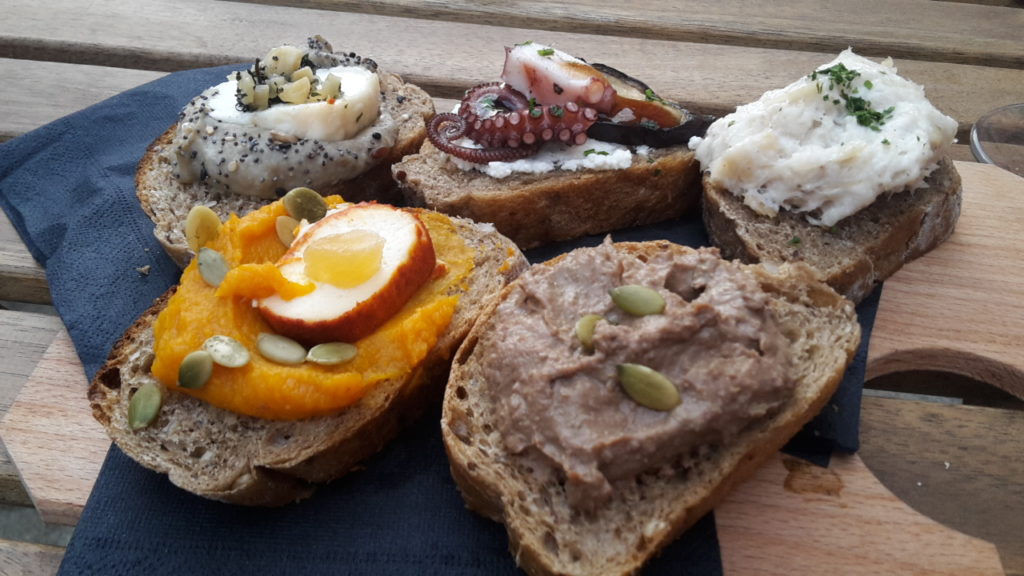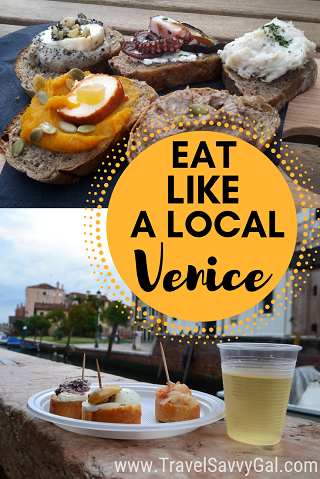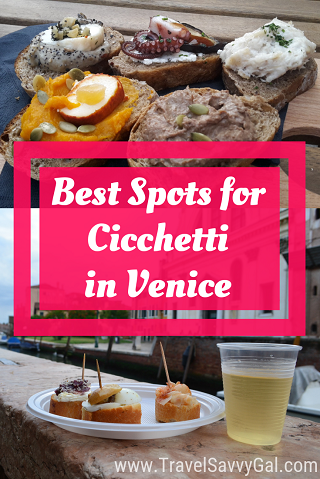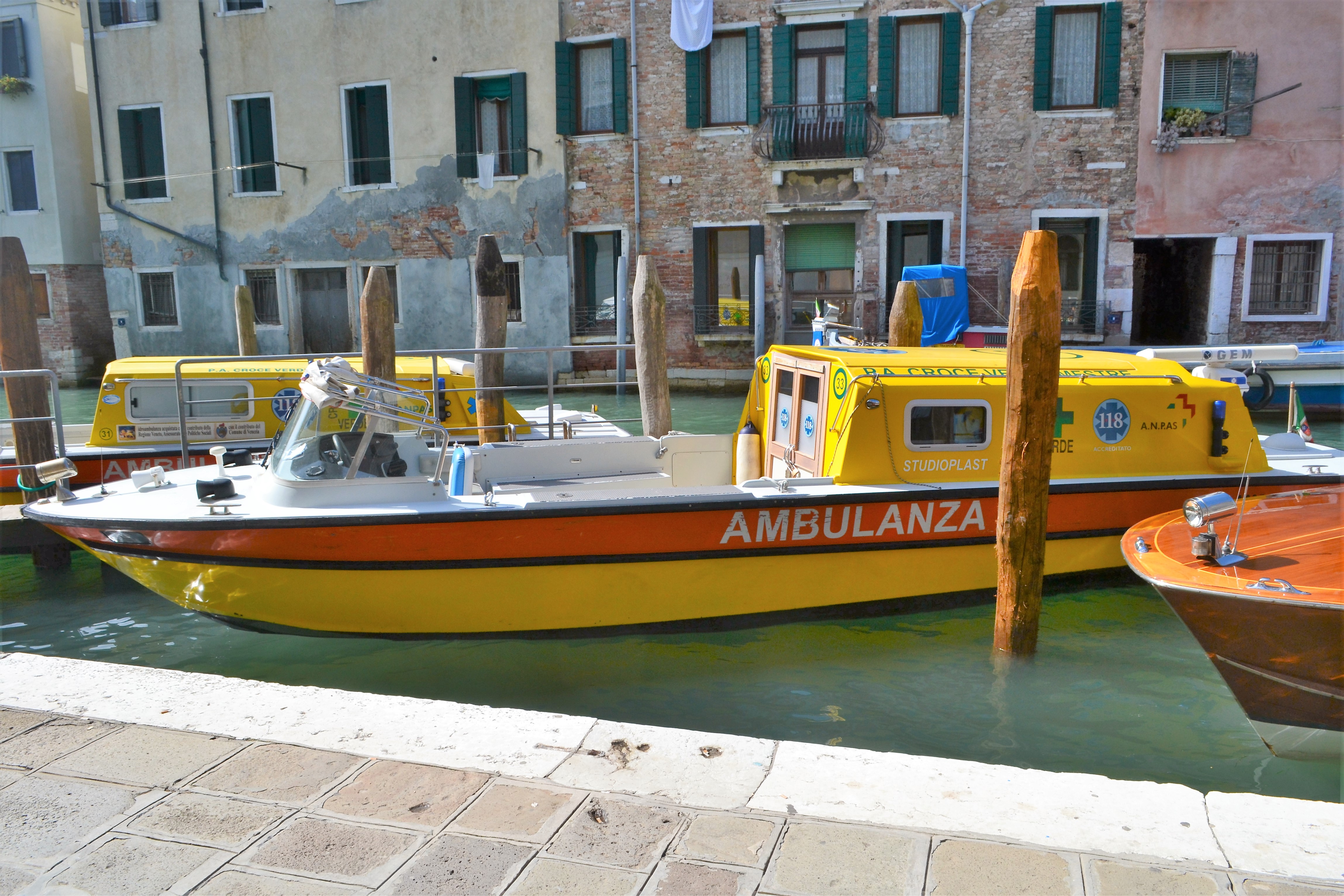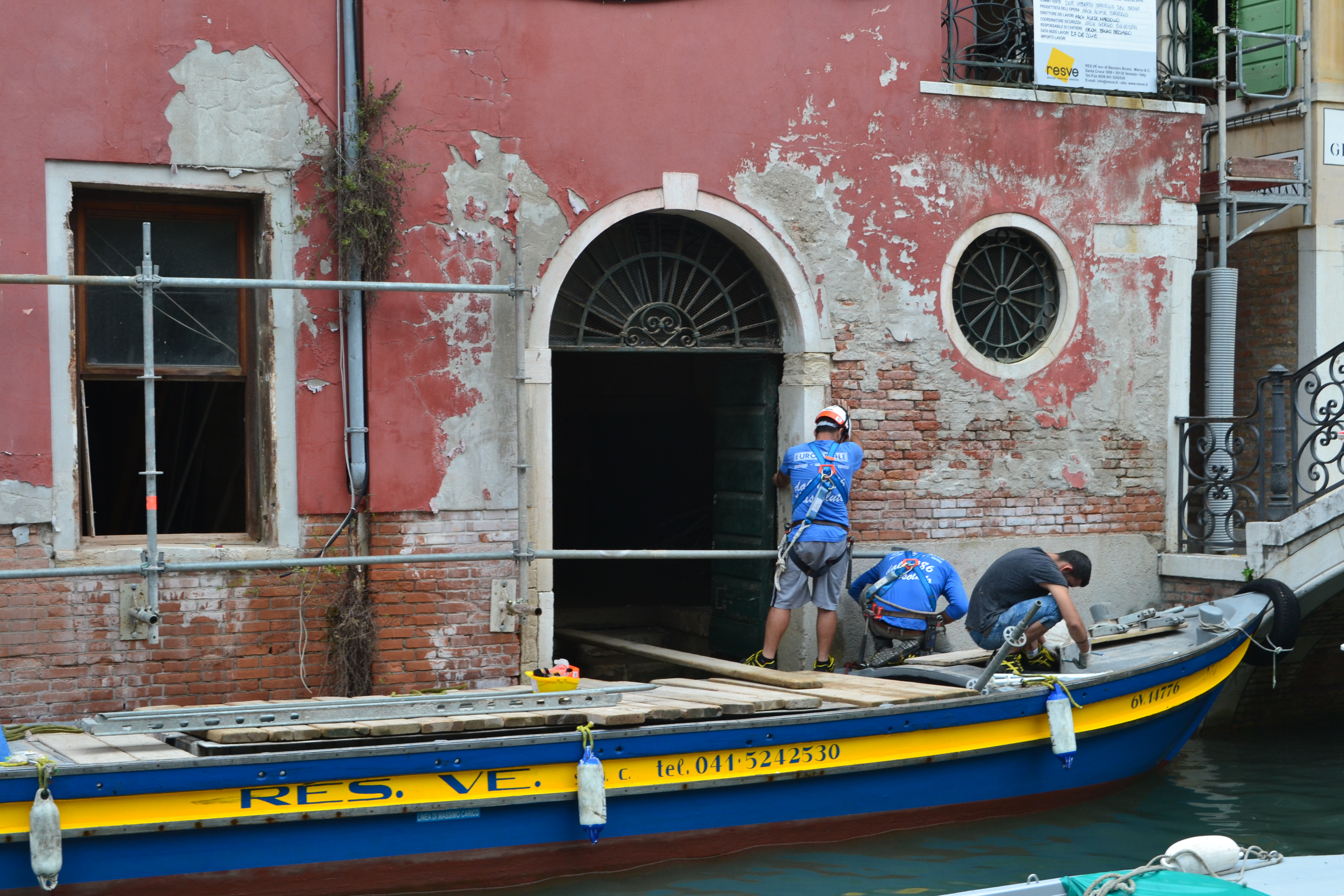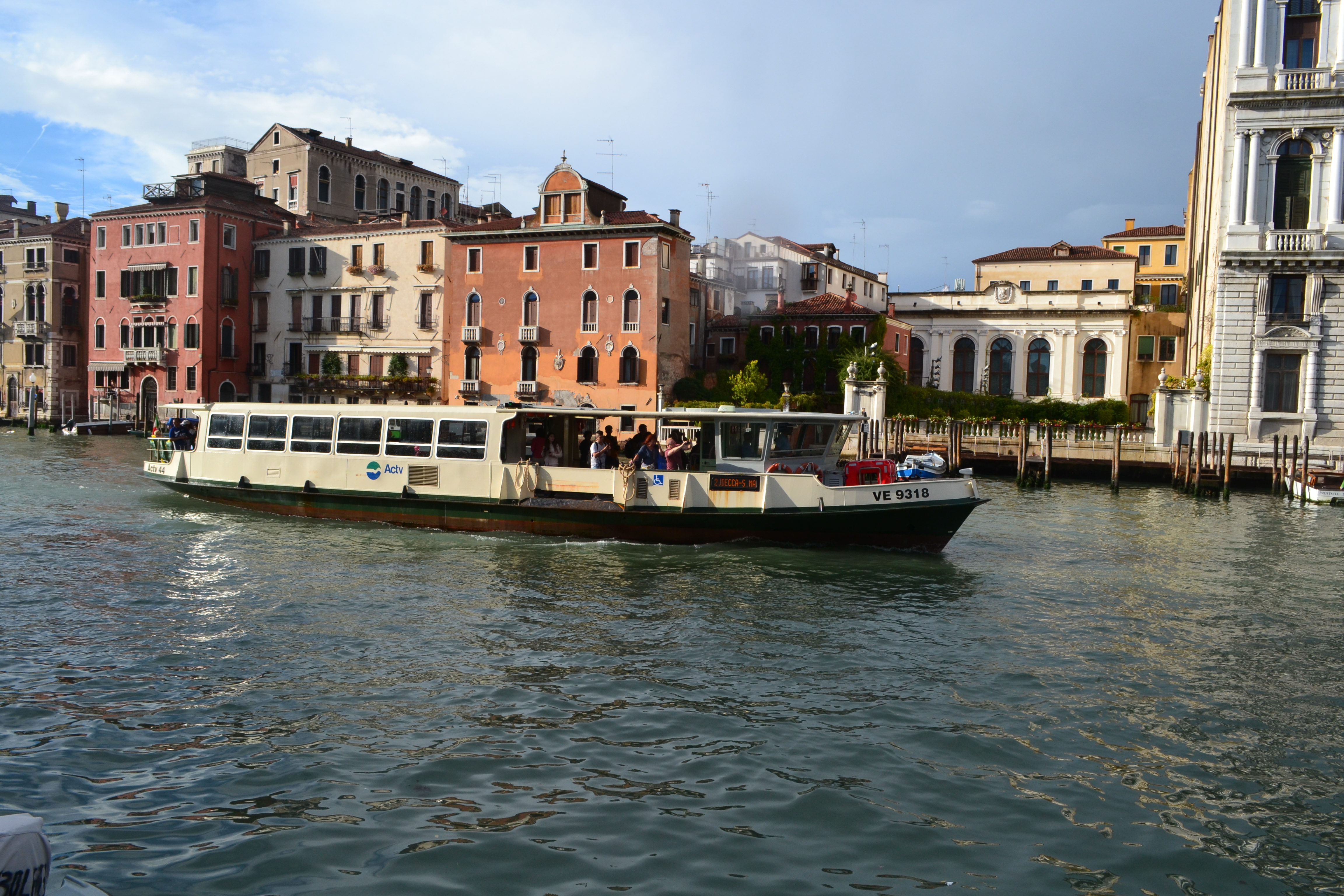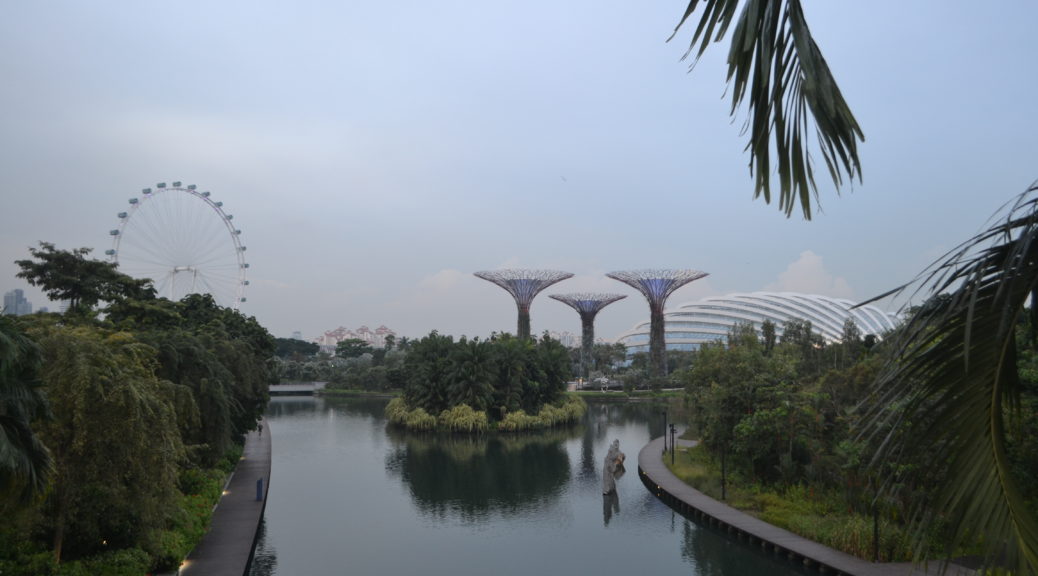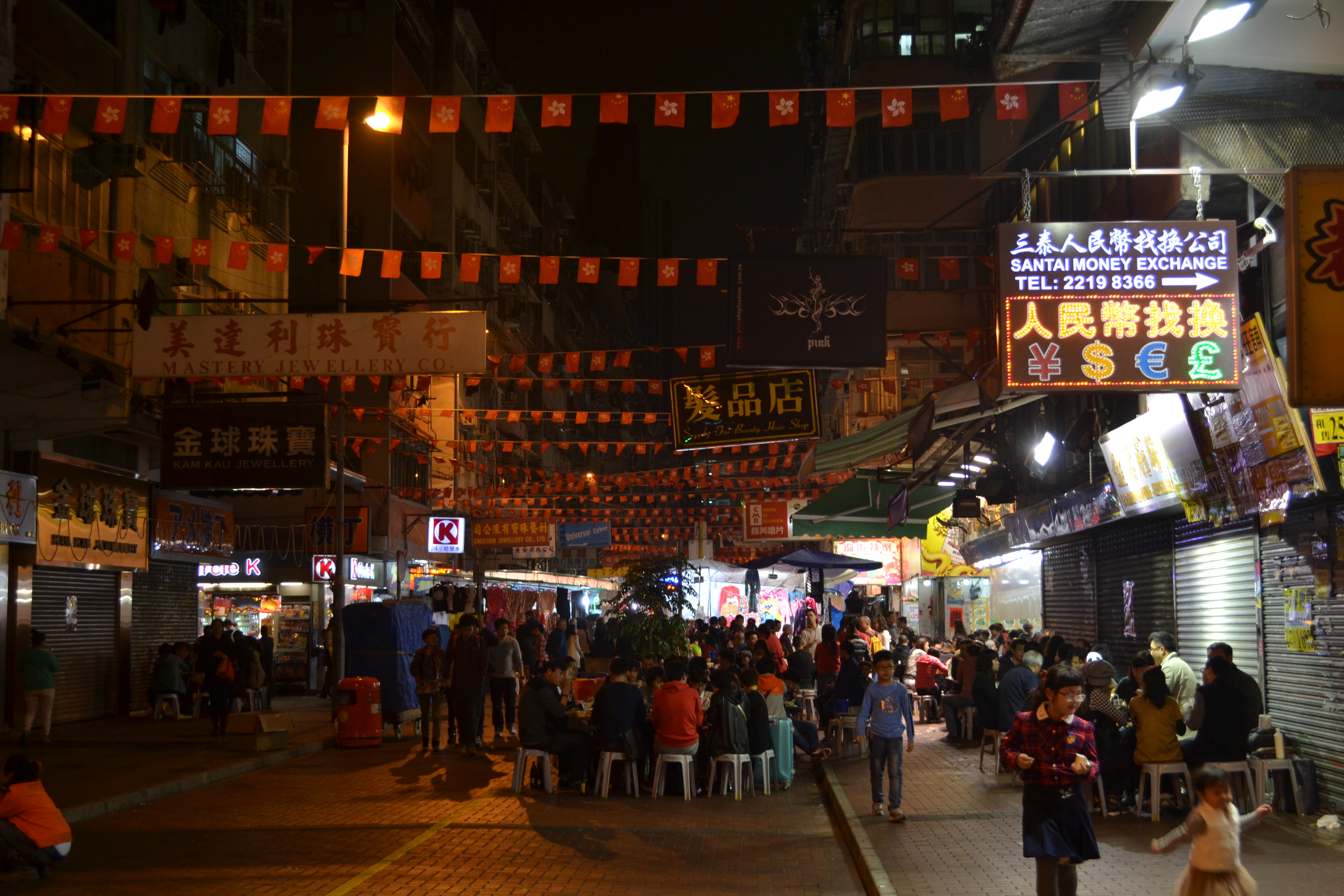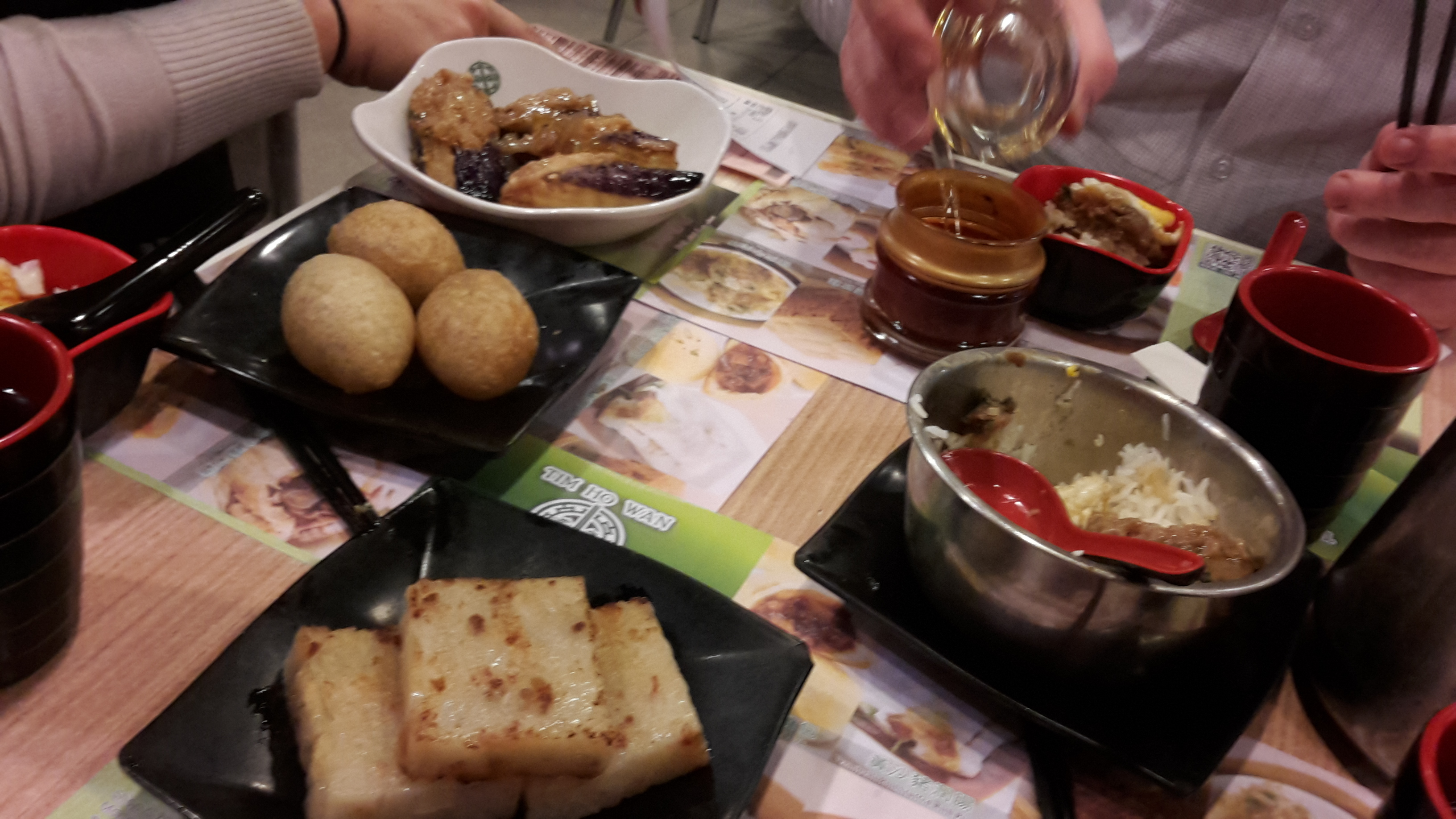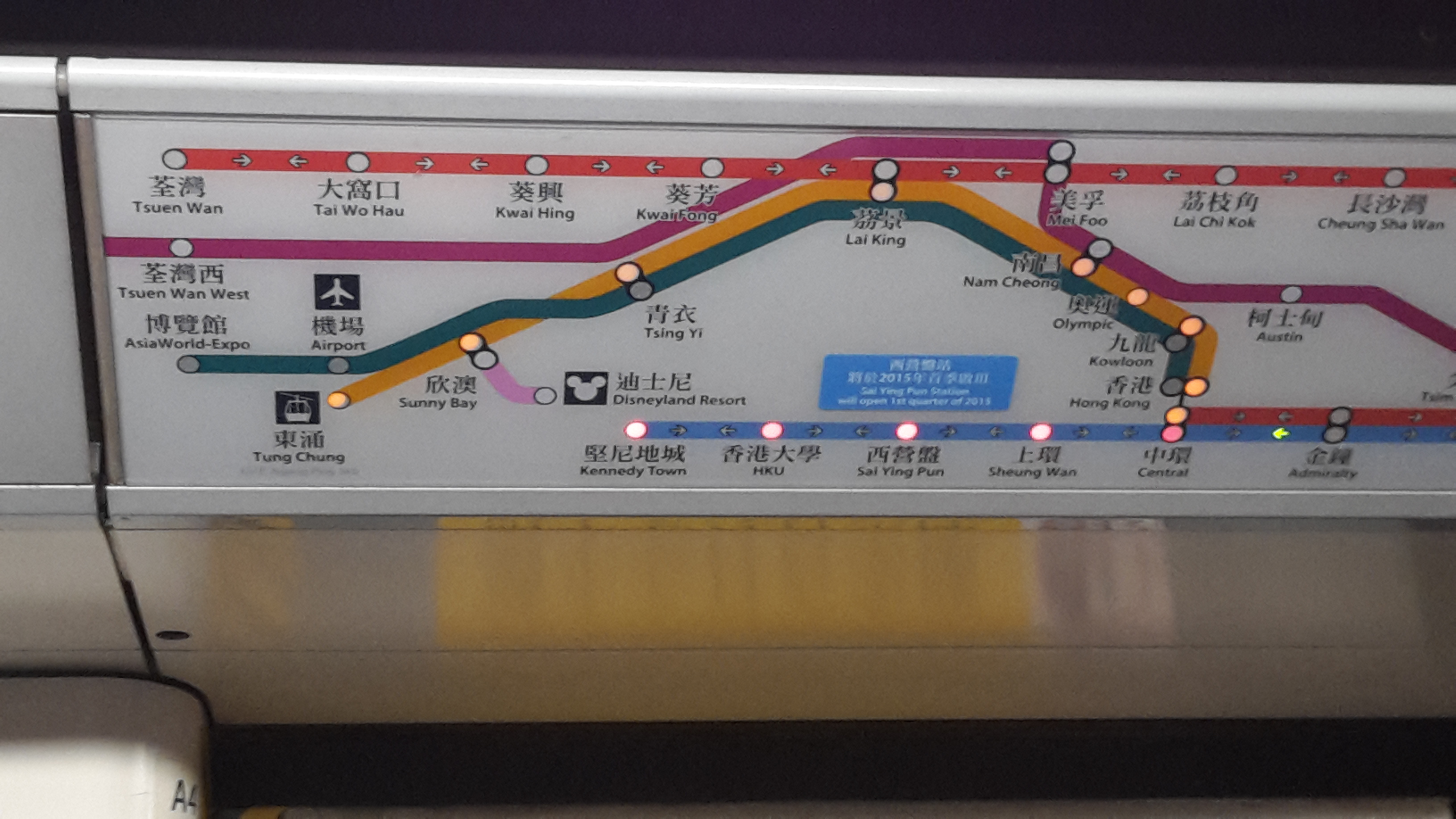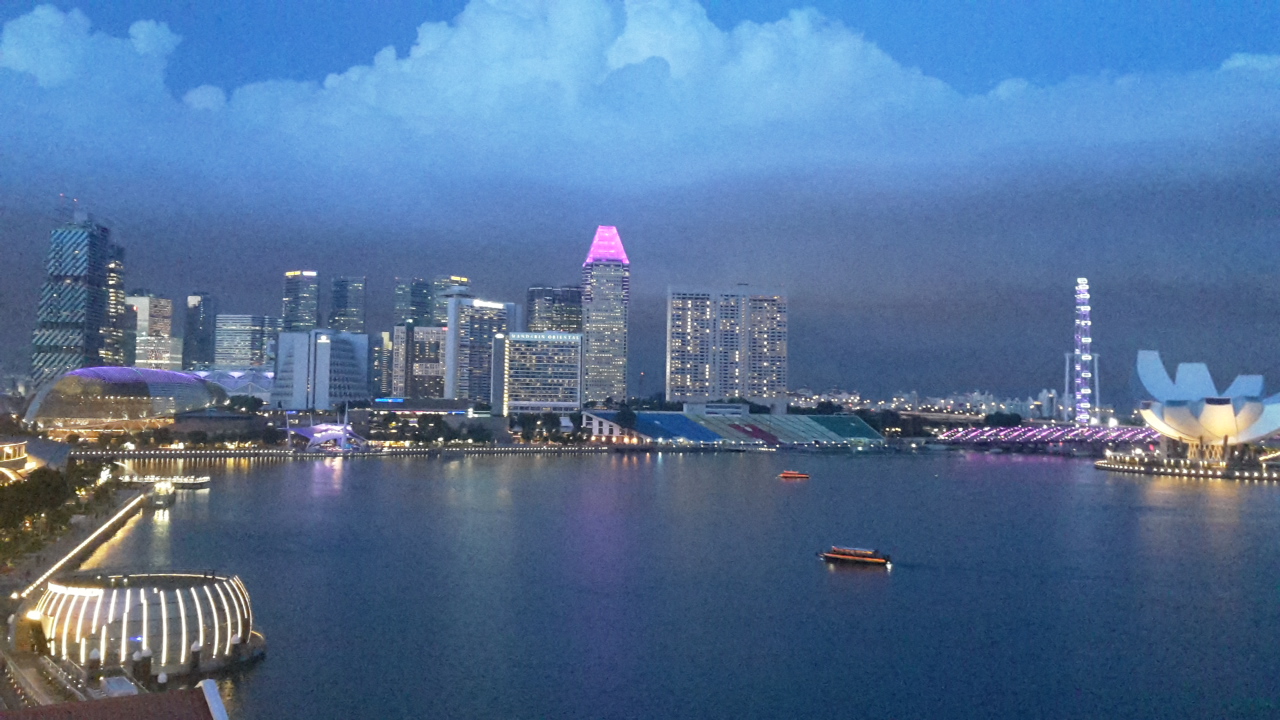
How to Enjoy Milan for the Holidays
The first week of December in Milan is essentially the start of the Christmas season. The Feast of Saint Ambrose, Milan’s patron saint, is a public holiday on December 7th, followed by the national holiday for the Feast of the Immaculate Conception the very next day. And then the Christmas season extends until Epiphany, which doesn’t take place until January 6th.
In a country where nearly 90% of the population is not just Christian, but Catholic, obviously these church holidays throughout Italy shape the month of December and into the new year. And as the weather chills, the smell of roasting chestnuts reaches you as you stroll down the central streets and there are stands selling a steaming cup of mulled wine, or vin brulee. Signs that it is time to get into the holiday spirit!
Here are some special events to experience in Milan during the holiday season:
Christmas Markets
The big square, or piazza, in front of Milan’s Duomo (the main cathedral) is filled with row after row of vendors selling Christmas-related items starting at the beginning of December, as are the public gardens, or Giardini Pubblici. A variety of crafts and foods are on sale to help you find gifts for the holidays, but there are also food items for immediate consumption to help keep your energy up as you shop. Christmas markets in Europe are a destination unto themselves!

Loosely meaning artisanal goods in a festival or fair, this is hands-down the favorite market I’ve been to in Europe. The first thing to know is that it is massive, beyond what you could imagine if you’ve never been to a large-scale convention on the continent. It completely takes over Milan’s newer convention center, which is so large that its footprint lies at the very end of the red metro line as it could not be accommodated in the city. And L’Artigiano in Fiera features handmade goods, crafts, furniture, scarves, trinkets, you-name-it from all over the world.
Giant convention halls are devoted to a single continent or region, with stalls as far as the eye can see, and of course there are tons of food stalls and restaurants intermixed, with the best examples of Italian and ethnic foods you could hope for. Giant baguette? Check. A black truffle for €10? Check. A fresh round of Tête de Moine cheese from Switzerland? Check. Candied ginger from Asia? Check. It’s a wonderland for the serious foodie, and boasts the best selection of holiday gift options you may ever come across. It runs during the first two weekends in December, including the weekdays in between, which will be the far less crowded times to visit.

Feast of Saint Ambrose & Oh Bej! Oh Bej! Market
Not only is this the local Milan holiday for the city’s patron saint with associated religious celebrations, but there is also a giant market called Oh Bej! Oh Bej! that takes place in and around the Sforza Castle from December 7th (the Feast day) through the following Sunday. The curved road around the castle becomes pedestrian-only and fills with locals doing holiday shopping or simply coming to eat their way through the predominantly Italian snacks and street food available at the many stands. Even if you’re not looking for anything particular, there is such a variety of goods, from artwork to kitchenware to fresh spices to jewelry that even without making a purchase you’ll be entertained for several hours.

Babbo is the name affectionately given by the Italian to the man you may know better as Santa Claus. So yes, Babbo Running is just as fun to watch as you might imagine. Taking place in mid-late December, this run to benefit charity usually has its course around the same Sforza Castle area that hosts the Oh Bej! Oh Bej! market described above. And the runners? All dressed in Santa costumes!
Christmas Midnight Mass at the Duomo
Although many Milanesi will be on vacation over the holidays, those who remain in the city may opt for attending midnight mass at the iconic Gothic cathedral, the Duomo. If you plan to attend, be sure to arrive when the doors open at 10:30pm to secure a seat. The mass typically begins at 11:30pm on Christmas Eve, December 24th.

New Year’s Eve Concert in Piazza Duomo
While there are New Year’s Eve events all over town, one of the popular outdoor events is the several-hours long free concert in the giant square in front of the Duomo cathedral, leading up to the countdown at midnight. It’s also totally legal to have open bottles of alcohol with you on the street, which many people celebrating will bring along (do note however, that if you have any glass bottles you’ll need to stay outside the barricade – where you can still hear and enjoy the concert, of course).
TIP! If you spend New Year’s Eve in Milan, watch out for the people setting off fireworks in the streets if you’re doing any walking between parties or back at the end of the night.
And while you’re in Milan for the holidays…
Traditional Food & Drink
In addition to the mulled wine (vin brulee) and roasted chestnuts available from street vendors throughout the city, there is a typical Milanese holiday dessert that is not to be missed – panettone. Panettone is a large, airy, yellow bread studded with candied fruit. Markets will sometimes have them in miniature size, or you can even find panettone from the large loaf available by the slice. And if you’d like the version without the candied pieces inside, just ask for Pandoro.
READ MORE: Best Things to Eat & Drink in Milan for the Holidays
What local traditions help you to get into the holiday spirit? If you’ve been to Milan for the holidays, anything else I should have recommended? Let me know in the ‘Comments’ below!
Enjoyed this post? ‘Pin it’ to share on Pinterest & save for later!
